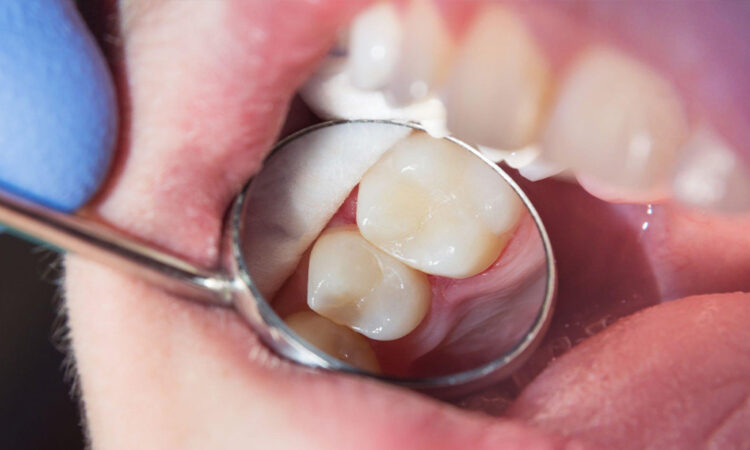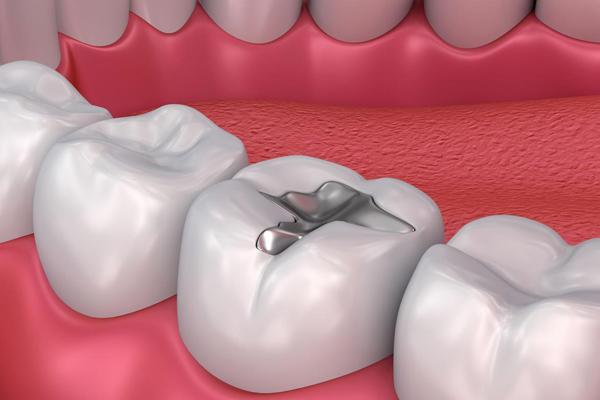
Tooth decay affects almost 2.3 billion people worldwide, with over 530 million children suffering from primary tooth decay. We all get cavities and need dental fillings over time for a number of reasons, including sugary drinks and foods, insufficient oral hygiene, and a lack of fluoride. This is particularly true as we get older.
Apart from regular exams, dental fillings are among the most prevalent causes of visiting the dentist. It protects you against tooth decay, which is one of the main risks to good oral hygiene. For more information regarding replacing dental fillings, contact a dentist in Lawrenceville, GA.
How often should your dental fillings be replaced?
Some filler materials are stronger than others. The following is the average lifespan of various types of dental fillings:
- Amalgam: Fifteen years
- Composite Resin: Five to seven years
- Ceramic: Fifteen to thirty years
- Gold: Fifteen to thirty years
- Ionomer Glass – Five to seven years
These are merely average approximations. Dental fillings may need to be replaced more often by dentists. Some fillings, however, may last longer with the right treatment.
A bad diet high in sugar, along with inadequate brushing, increases the chance of new cavities developing under or around a filling. Fillings may chip or break when biting into hard candies or ice. Additionally, the majority of dental filling materials will break down with nighttime tooth grinding or bruxism.
When Is a Filling Necessary?
A lot of people will require dental fillings at least once in their lives. Thus, if your dentist advises that you might require a filling during your routine dental examination, do not be scared.
Usually, signs of a potential filling include tooth sensitivity, dark patches, chipped or cracked teeth, and severe discomfort. In order to prevent further damage or the cavity from spreading to neighboring teeth, a dentist extracts the decayed part and plugs the space. The type of fillings and the extent of the damage influence the course of treatment. A variety of materials can be used for fillings; the most commonly used ones include porcelain, amalgam, composite, and gold fillings.

Signs That You Need to Replace Your Dental Filling
The best way to prolong dental fillings’ durability is to maintain good oral hygiene. However, fillings require replacement at some time.
There are a few signs that individuals with old fillings may need to get fresh ones. The dentist will keep an eye on the patient’s existing fillings if they receive routine checkups. Sometimes, a filling needs to be changed before it becomes troublesome.
There may be additional signs that it is time to replace a filling.
- Your teeth have grown sensitive to cold or heat, as well as to brushing.
- The filling has noticeable deterioration, such as a chip or crack.
What Happens During a Dental Filling?
To numb the region, your dentist will first provide a local anesthetic before conducting a tooth filling. They then use a drill to remove the damage by drilling through the enamel. The tooth will then be sculpted and made suitable for fillings by the dentist using a lower-speed drill on the dentin.
Sometimes, they use a foundation or liner that protects the pulp of the tooth. If you have chosen a composite filling, which is one of the most common options among patients, your dentist will first use an acid gel to etch the tooth in order to create tiny cracks in the enamel that will be filled with the composite material of your choice. The filled tooth will then be cleaned and finished by the dentist using a dental tool.
How Does It Feel After a Dental Filling Procedure?
After getting a dental filling, you can suffer tooth sensitivity; however, these symptoms usually go away soon. For example, after having a filling, you may feel pain or higher pressure during chewing, or you could get an intense shock.



